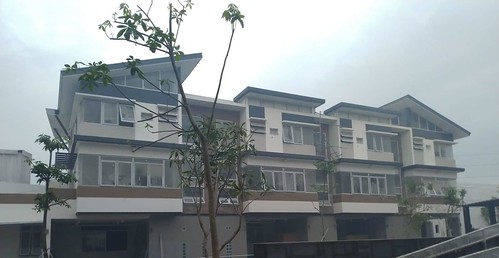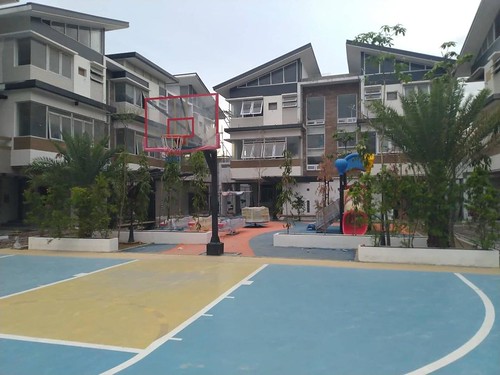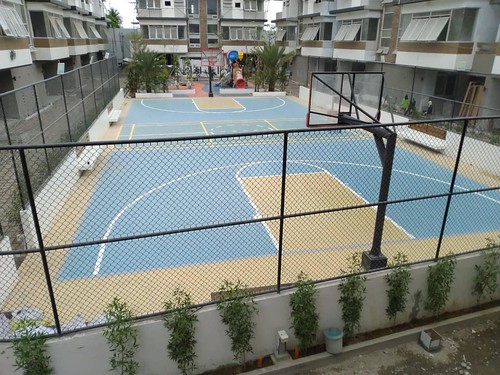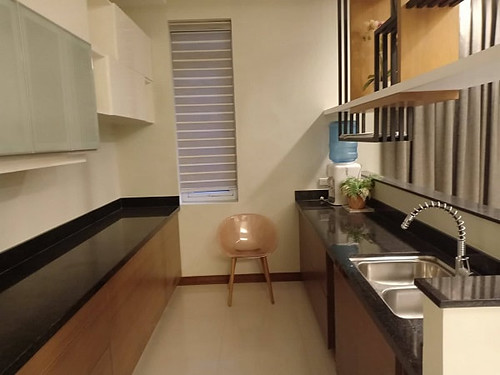Water is life, In the past several days parts of Metro Manila and surrounding areas had experience low water pressure to almost no water running at their faucet. La Mesa Dam in Fairview, had experience low water levels.

With more and more areas struggling with droughts ans water rationing by Manila and Maynilad waters. Conserving water is more important than ever. Cutting back on water use also means a lower utility bill and helps conserve a precious resource.
25 Tips on How to Conserve Water
1.) Fix the leaks and pipes – One must try to periodically check house plumping system. Better try to hire plumber ( tubero), fixing leaky faucets or pipes can mean big water saving and conserving water.
2.) Always turn off faucets tightly so they do not drip– One can reduce water wastage by simply turning off faucets tightly.
3.) Take a bath with the use of bucket – The old reliable dipper (tabo) and plastic pails ( bucket ), Instead of letting the water pour down the faucet. Try to stick a bucket under the faucet . You can use the water for flushing the toilet or watering your plants.
4.) Use a mug or cup when brushing your teeth – Water comes out of the average faucet at least 2.4 gallons per minute. Turn off the faucet after you wet your brush. One can save water by as much as 70% by using glass.
5.) Reuse the water while washing your hands. Using pail ( tabo) will save a lot of water Save a few gallons of water and turn the faucet off after you use.

6.) When taking a bath, Try to soap every part of your body then wash everything all at once to lessen use of water.
7. ) When cooking – Try to choose food or dishes is less greasy. Choosing less greasy foods will require less water when cleaning plates and kitchen utensils. Some karinderias / eateries use thin plastic to wrap the plates. This will lessen washing the plates.
8.) Re-use your pasta cooking liquid. One can collect by draining your pasta water into a large pot. Once it cools, you can use it to water your plants.
9.) Do not use running water to thaw meat and food. This will help minimize the water usage.
10. ) Re-use rice washing ( first wash) – One can collect the first rice wash by watering them in your favorite plants or orchids. ( try to use it immediately, as rice washing ferments after an hour or so.
11.) Re-use rice washing ( second wash) – We can use the second rice washing for cooking our favorite soup and it enhances the flavor and nutrients of the soup.
12.) Meat and fish washing – One can use the water for watering trees and larger plants.

13.) Try to water plants early in the morning or late afternoon ( before 7:00 am ) or after 5:00 pm in the afternoon. This will reduce evaporation and plants can absorb more water.
14.) Cut down on daily watering – Some plants, orchids, cacti, succulents and trees will not require daily watering. Some can survive without water for a day or so. Bermuda or lawn grass can also survive without daily watering.

15.) Segregate colored dress, shirts and white colored ones– Try to first wash light colored dress first, then the soapy water can reuse them for washing colored clothes ( de color). The soapy water runoff ( grey water) can be use for cleaning toilets , flushing toilets, cars, cleaning windows and floor.

16.) Use pail in cleaning your car– Rather using hose, one can use the recycled soapy water from the laundry. Using pail reduces water usage by as much as 60%.
17.) Cut your showers short– Try to replace older shower head, older shower heads can use as much as 4 to 6 gallons of water per minutes.Try to use the reliable pail when taking a bath.
18.) Choose efficient faucet fixtures. Aerating your faucets, investing in a low-flow toilet, choosing efficient shower heads, and opting for a water sense rated dishwasher and washing machine can add up to big water savings. As much as 30% to 50% can be save by installing low-flush toilets.
19.) Avoid strenuous physical activities– try to avoid or minimize excessive physical activity that will further deplete your water reserves.
20.) Cut down on drinking diuretics – Drinking coffee, soft drinks or tea since it will further remove water from your system. Try to drink water as much as possible.
21. ) Try to avoid eating sweets or salty food– This will require drinking more water and makes a person thirsty.
22.) Wear comfortable and light colored clothes– Wearing comfortable clothes and materials made from natural materials like cotton will lessen perspiration.
23.) Keep a small and manageable garden space– Try to choose plants, native trees which can survive drought conditions. Try to keep lawn grass small.
24.) Flush Less– Older toilets use a lot of water. You can reduce your usage by sinking a half gallon jug of water in the toilet tank.
25.) Avoid having water fountains and large swimming pools. These consume a lot of water resources.
26.) Aquarium water can be use for watering trees, palms or lawn grass. But be careful in watering orchids and ferns as water from aquarium may have bacteria such as oogonium which may be harmful to these plants.
27.) Include water saving tips or conservation on company manual – Daily reminder to the community posted at all times. ( social media, bulletin board are also effective)
28.) Try to have organic mulch on the surface of planting bedding, fruit trees or palms. Aside from retaining moisture, This will reduce weeds from growing around your bedding. This will compete for water and nutrients.
29.) Try to have a periodic pruning on bushy plants and trees. This will reduce watering them during dry season.
30.) Wash your pets like dogs at your lawn or near trees. This serve dual purpose.
31.) Try to reuse towel at home or at hotel – It would help by using your own towel or bedding at least more than once. Some hotels will not change towels or bedding on the daily basis. This will help reduce washing them and thus conserving precious water.
32.) Hand washing plates and dishes – Instead of letting the water run from faucet, fill up your sink with water before washing your dishes or plates.
33.) Select proper pan or pots for cooking – Avoid using large pots or pans when cooking your food. large pans or pots can use more water.
34.) Try to soak pot and pans before cleaning them.-Soaking pots, pans and plates while cleaning them will reduce water consumption.
35.) Install a rain collecting tank at home or company– There are some companies in the country which offers rain collecting tank devices. This can reduce water consumption by at least 20 to 25% during dry season. Rain water is harvested and stored in tanks which came typically from rooftops channeled via pipes. Some comes with filter system.
Filed under: Uncategorized | Tagged: Advocacy, Conservation, Home, Water | Leave a comment »




























